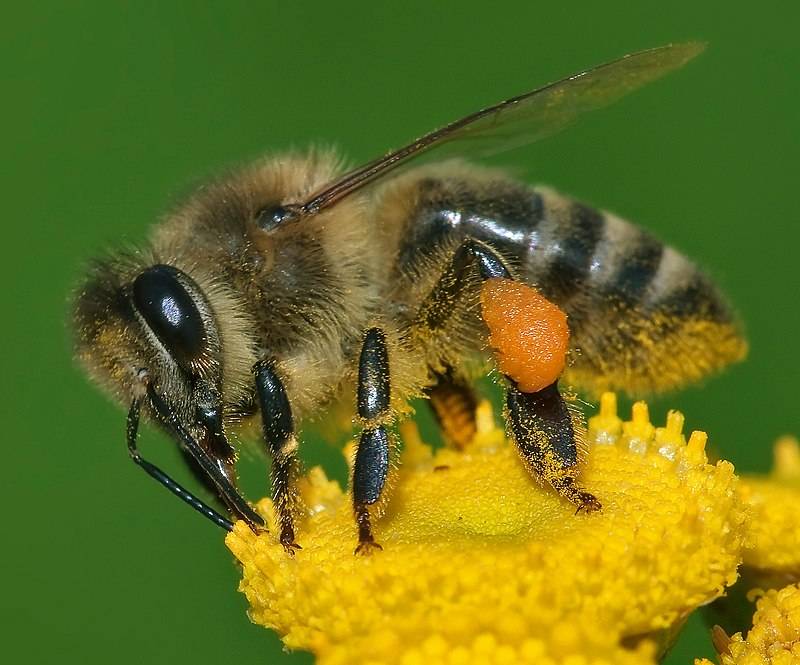Beautiful Plants For Your Interior
European Honey Bee
Scientific Name: Apis mellifera

Species: Honey Bees (Bee – Colony)
The European honey bee, scientifically known as Apis mellifera, is a vital insect species known for its role in pollination and honey production.
Conservation Status:
Common and widespread – Non-threatened.
About:
European honey bees, also known as the Western honey bee, are renowned for their production of honey. These highly social insects play a crucial role in pollination, contributing significantly to the production of fruits, vegetables, and other crops.
Apis mellifera exhibit a remarkable level of social organisation and cooperation within their colonies. They communicate through a variety of signals and behaviours, including pheromones, vibrations, and dance language.
How to Identify:
Apis mellifera are among the most recognisable insects due to their distinctive appearance and behaviour. Ranging in length from 15mm-25mm (1/2in to 1in). Workers, Drones and Queens, these bees have robust oval-shaped bodies with distinct thorax and abdomen.
In addition to their size, these bees are readily identified by their characteristic black and yellow banding pattern. The abdomen is typically black with yellow bands, and the wings are light brown with dark veins.
Nesting:
Apis mellifera live in highly organised colonies, typically inhabiting man-made hives, like the popular Langstroth Beehive or natural cavities like hollow trees. Within a colony, the bees exist in three distinct castes: queens, workers, and drones. Queens are responsible for laying eggs, workers perform various tasks essential for colony survival, and drones solely contribute to reproduction.
When to See:
All Year Round, but most prevalent from March to September
Distribution:
European Honey Bees are the most widespread of the between seven to twelve species of honey bees worldwide. Native to Europe, western Asia, and Africa, it has been introduced to other regions, including North and South America, Australia, and eastern Asia.
Habitats:
Woodlands, Grasslands, Orchards, Man-Made Hives, Gardens, Heathland.
Did You Know Fact:
The entire body of Apis mellifera is covered in fine hairs, which serve a crucial role in pollen collection and navigation. In addition, well-developed hind legs with ‘pollen baskets’, are specialised structures for collecting and storing pollen.
